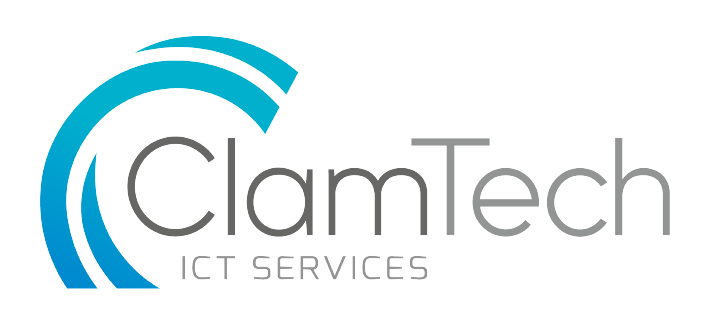The 5 Basic Steps for IT Strategy & Planning
When one talks about strategic planning, it is nearly impossible to plan for every single eventuality which might arise. This is especially relevant for the ever-growing IT sector, so technological advancements can render even the best IT infrastructure obsolete in mere months.
Step 1. Outline your Business Goals and Objectives.
The organisation’s IT infrastructure should support and enhance one’s business requirements. To determine what type of infrastructure the organisation needs, goals and objectives need to be set up beforehand to determine scope, timelines, budgets and before establishing who the right stakeholders are. It is important to keep all goals as realistic as possible, as too much ambition can lead to failure.
Analyse the following aspects:
- Sales targets
- Upcoming major projects, collaborations and/or acquisitions
- Growth plans
- IT optimisation through any recent or future business endeavours
Step 2. Define your Scope, Timelines and Stakeholders.
After the organisation has a defined set of goals, one must plan how to achieve these goals, and how the current or future IT infrastructure will support such goals. At this point, one must determine the stakeholders involved, for example; if the organisation wants to implement a new business intelligence software to generate more sales leads, the organisation needs to determine who will be involved in the purchasing team. In such a situation, one needs to determine who the end user will be.
Step 3. Review Your Infrastructure.
When it comes to future planning, it is vital that the organisation is well informed and aware of the current IT infrastructure being utilised. First, one should start by defining all existing challenges and obstructions relating to the IT set up and creates a realistic strategy for them to be eliminated or phased out. Secondly, one has to recognise what is functioning and saving the organisation time and/or money, so as to find the necessary resources to strengthen and upgrade such infrastructure. Regular upgrades of server management systems and the employment (or upgrading) of enterprise-wide systems to support other business functions is a must in order to keep up with the latest technology.
Step 4. Create a Roadmap for Resource Allocation and Architecture.
Start by identifying your overall technology architecture, which is made up of the major software, hardware and other tools you are going to be using. Then, consider any department-specific technology that might be required to meet all business goals, like specialist financial or HR software. Lastly, think about how the parts in your architecture fit together, and what processes will govern their integration.
Step 5. Define Your Metrics.
Since your IT strategy is supporting your business needs, you need to make sure that it is functional and cost effective in the long term. It is unacceptable to be losing money on something designed to advance your business! If necessary; set up key performance indicators, quality checks and audits, whilst staying on the lookout for the next innovation to go in your shopping basket, as the technological circle continuous to evolve!
